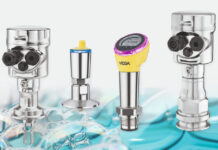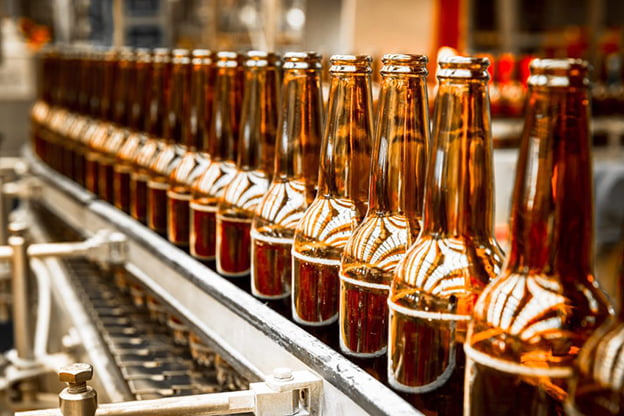WATER is essential in the food and beverage industry and in high demand. Wastewater treatment and reuse is the answer to this demand.
There are various struggles for the industry, including rising water costs, meeting volume requirements to keep their operation running, and adhering to disposal limits set by government and local municipal regulations.
We discuss some of these issues and why wastewater treatment enabling water reuse and reclamation is the answer.
Unpacking the water problem
Access to clean, consistent, high-quality water is essential to the food and beverage industry to ensure no direct impact or interruptions on the production and supply chain.
For example, when it comes to the food industry, agricultural operations rely heavily on water for almost everything, from irrigation, drinking water for livestock, packaging and processing, sanitising and conveying fresh produce.
In the beverage industry, breweries, for example, use water as the main ingredient in brewing beer and securing enough water to keep production flowing is crucial. On the other hand, the milk industry is directly affected by their cows’ drinking water quality. Research suggests that there’s a direct relationship between healthy livestock and quality milk production. And since milk consists of almost 88% water, the significant effect of water quality on the end product is understandable.
Therefore, water shortages or poor quality water directly impacts the preparation, operational stages, and end product that reaches the market in all food and beverage operations.
The solution: What is a water treatment plant?
A water purification and filtering system removes solids, salts, minerals, bacteria, and other contaminants from water for reuse.
Food and beverage water treatment helps recover large quantities of wastewater and transforms it into high-quality potable water through water treatment plants. Recovering and reusing water helps operations stay ahead of the water demand to avoid financial loss and low-quality production.
NuWater’s wastewater reuse plants use reverse osmosis technology to reduce excess minerals built up during the production and use processes. Reverse osmosis is the process of applying external pressure higher than Osmotic Pressure to reverse the water flow, which then goes from high to low salt concentration, resulting in a stream of ‘fresh’ water. You can also manage how much salt or minerals you want to remove or leave behind with our systems.
Not only does wastewater treatment and water reuse ensure consistent water and quality management, but you also leave a lighter ecological footprint.















